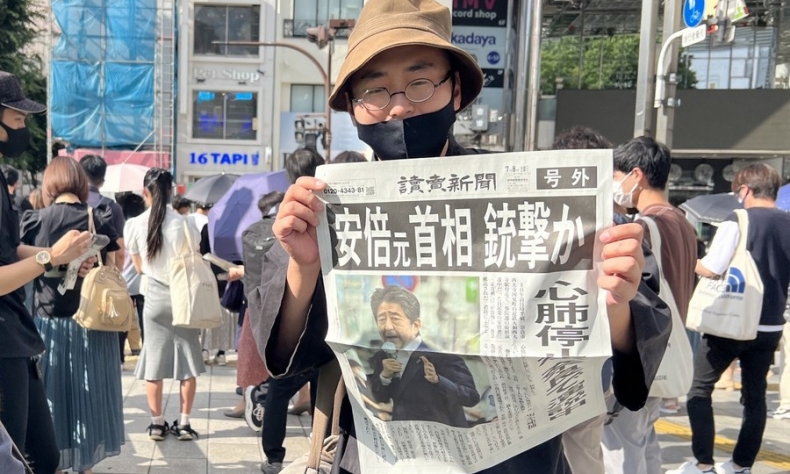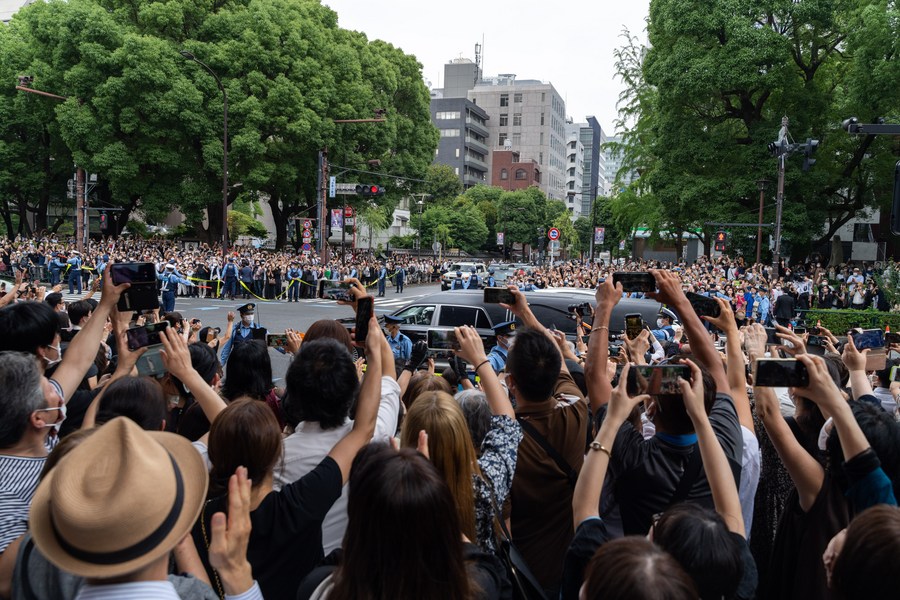Homemade Firearms Present New Challenges

If no laws can prevent someone who wants a gun from getting one, those laws would not restrict anyone’s rights.
Japan has some of the strictest gun laws in the world. There are only three guns for every 1,000 Japanese citizens. Yet on July 8, a man wielding two metal barrels wrapped together with electrical tape walked up within a couple of meters of former Prime Minister Shinzo Abe and shot him in the back.
One might wonder if gun control can work anywhere. But if you look at the bigger picture, Japan remains one of the safest countries in the world. This is the first assassination of a prime minister since 1936. The overall murder rate in Japan is just 0.3 per 100,000 and has been declining for years.
The assassination plot only succeeded because multiple unusual circumstances happened at once. Security was almost non-existent, and the murderer, who had tried to attend an Abe rally just the day before, managed to get right behind Abe.
The homemade gun he used was not very powerful and could not fire a long distance, so he couldn’t have done it without getting so close. If real firearms were readily available in Japan, it is predictable that things like this and other mass shootings would occur much more frequently than they do.
Just look at the U.S. About one week prior, a terrorist using an assault rifle at the July 4th parade in Chicago only had to sit atop a building and snipe spectators from afar. In Las Vegas in 2017, a thug on the 32nd floor of a hotel murdered 60 people in a field 300 meters away across a highway. There are multiple reasons brutality of that kind does not take place in Japan. One is because potential killers cannot access weapons that could produce such carnage.

The advent of 3D printing potentially opens up new possibilities for gun production. Relatively affordable 3D printers can create plastic guns that fire projectiles like a standard gun. The most basic 3D guns are miniature handguns that can fit in a pocket and be undetected by metal detectors. A fully-plastic 3D gun would degrade quickly, but one could be used for a one-off assassination.
3D gun enthusiasts, like many American gun enthusiasts in general, think there should be no restrictions on their production. They like to argue that “freedom” is the most important word when talking about guns. They make the contradictory arguments that any law restricting access to any kind of firearm infringes on their liberty but also that no laws will be adequate to limit gun ownership.
Both arguments cannot be true. If no laws can prevent someone who wants a gun from getting one, those laws would not restrict anyone’s rights. As a practical matter, almost anyone in the U.S. can easily purchase a real wood and metal gun manufactured by a professional gunmaker, so 3D printed firearms are mostly a novelty for hobbyists.
In other countries where guns are illegal, some people have been trying to print them. According to Sky News, Irish separatist groups have been carrying 3D-printed firearms. Some have been recovered at the scene of crimes, and U.K. police officials have said the guns are becoming more powerful and reliable. They don’t break after one use.
But even if the possibility of printing guns exists, it can still be disincentivized and punished with laws. If you see someone go to jail for two years for illegally printing a gun, like in the 2014 case of Yoshitomo Imurain Japan, would you want to do it yourself?
 Facebook
Facebook
 Twitter
Twitter
 Linkedin
Linkedin
 Google +
Google +










